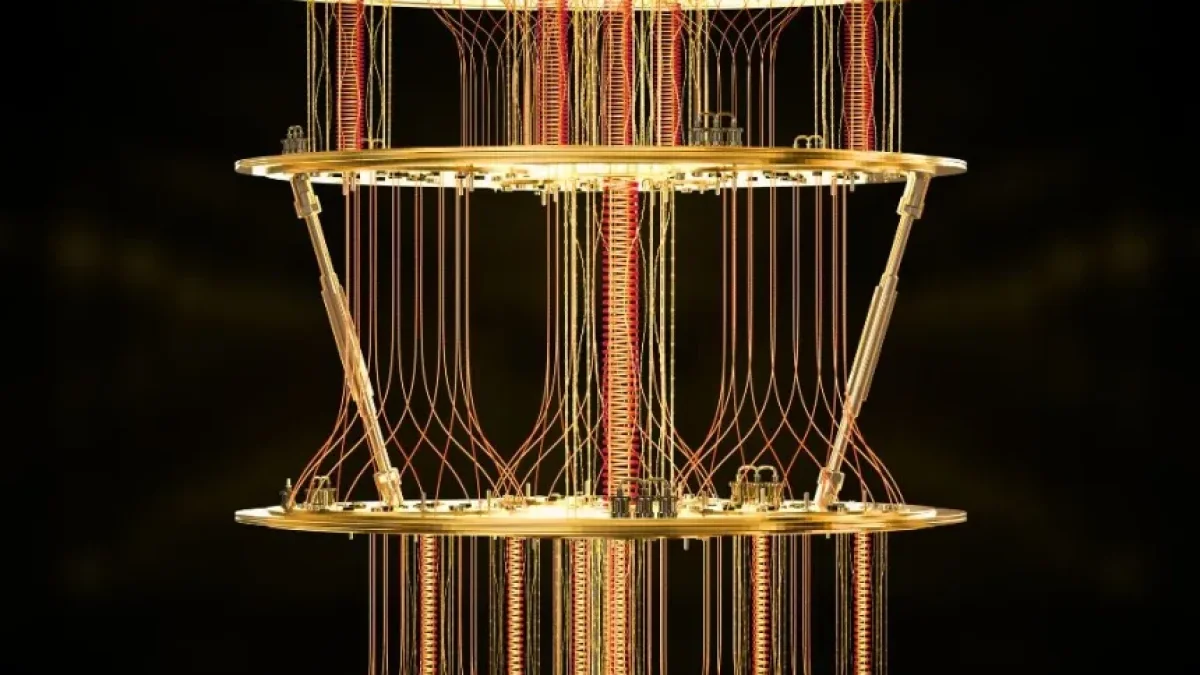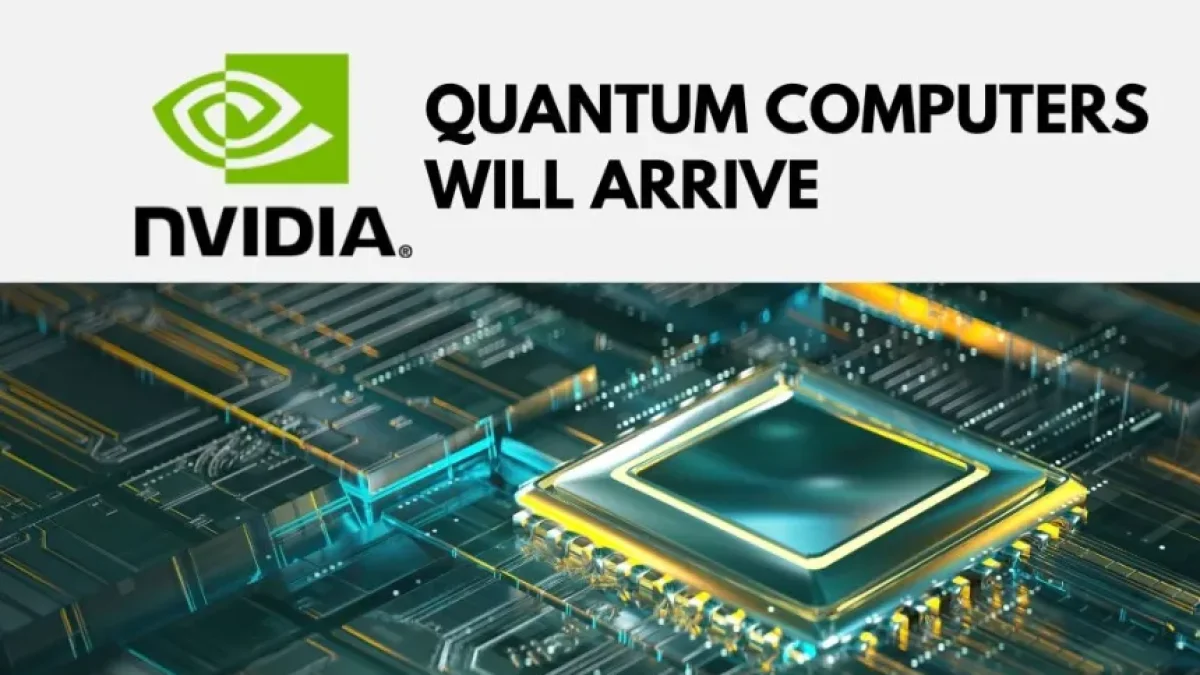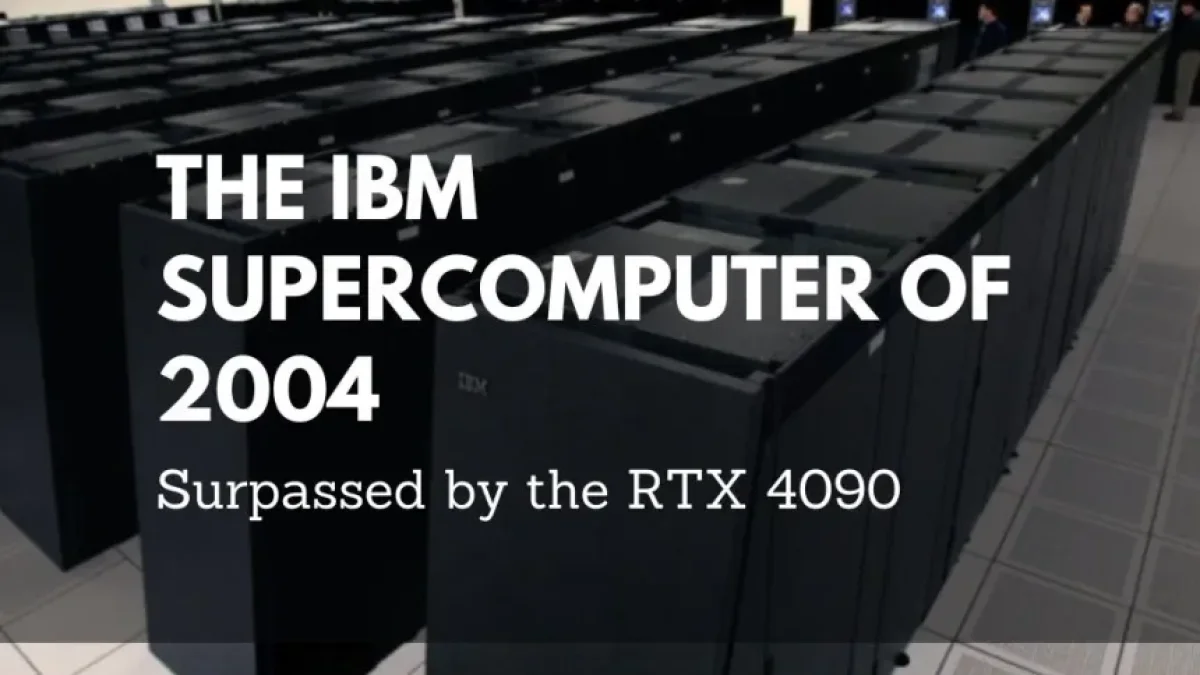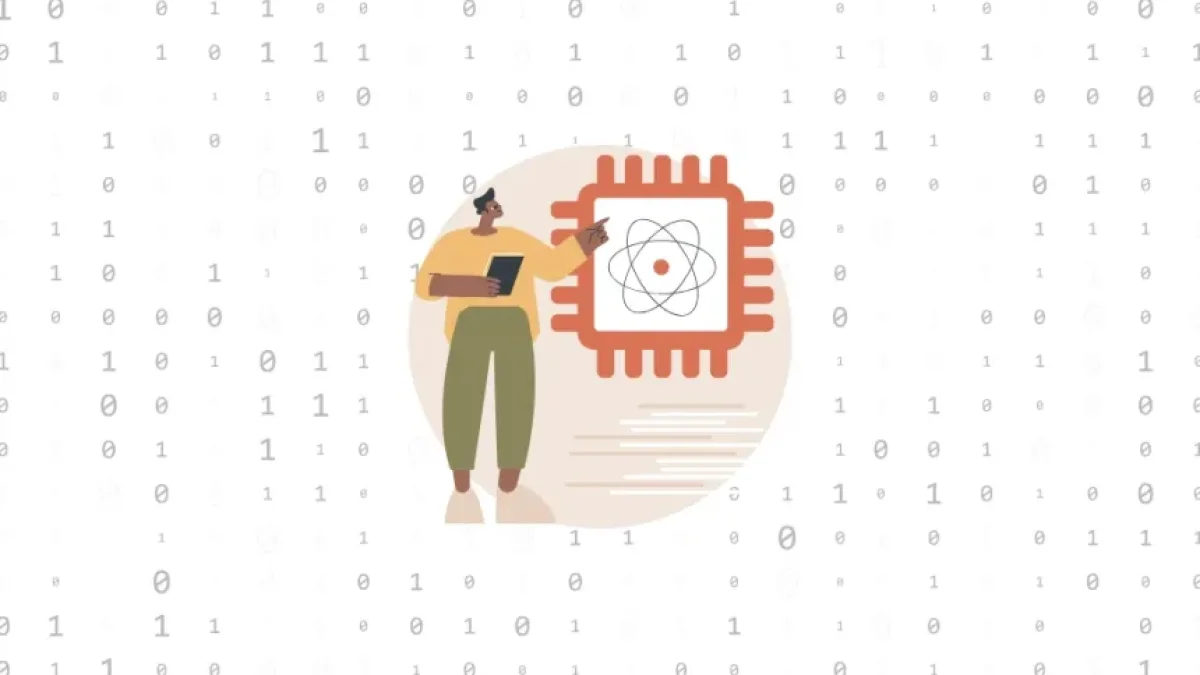Graphene: The Future of Revolutionary Quantum Computers


Research in the field of quantum computing continues to advance by leaps and bounds, and one of the most intriguing promises is graphene. This material, known for its extraordinary conductivity and flexibility, is positioning itself as a key candidate for the development of new types of qubits, the basic units of information in quantum computing. Below, we will explore how graphene could transform this fascinating field and what the next steps are in this innovative journey.
What is Graphene?
Graphene is a form of carbon that is organized in a single layer of atoms arranged in a two-dimensional lattice. This material has captured the attention of scientists and engineers due to its exceptional properties, which include high electrical conductivity, strength, and flexibility. Since its discovery, graphene has been considered a revolution in various areas of technology, and now it is making its way into quantum computing.
The Role of Graphene in Quantum Computers
Quantum computing uses qubits instead of traditional bits, allowing computers to perform complex calculations at much faster speeds. However, the construction and control of qubits remain a challenge. Recent research suggests that graphene could play a fundamental role in this process. Scientists are looking to develop qubits from this material, as its structure allows for better control of quantum states.
Advantages of Graphene in Qubits
One of the main advantages of using graphene is its ability to manipulate quantum states efficiently. Researchers have observed that by operating at extremely low temperatures, graphene can facilitate the creation of qubits that are more stable and less susceptible to decoherence, the phenomenon that negatively affects the quality of quantum calculations. This could translate into more powerful and reliable quantum computers.
Read also
Furthermore, graphene is an extremely light and thin material, which could allow for the creation of more compact quantum devices. This miniaturization may open new possibilities in microelectronics and the integration of quantum systems into existing technology.
Challenges to Overcome
Despite its potential, the path to implementing graphene in quantum computers is not without obstacles. One of the challenges is the production of consistent and scalable qubits from graphene. Researchers are working on manufacturing techniques and improving the control methods needed to fully exploit the unique properties of this material.
Additionally, the interaction of graphene with other materials and the optimization of its performance under practical conditions are areas of active research. Addressing these challenges will be key to advancing viable and commercial quantum computing.
Read also
The Future of Quantum Computing with Graphene
The promise of graphene in the realm of quantum computers is exciting and could lead to a radical shift in information technology. With ongoing advancements in research, the arrival of quantum devices that make the most of this extraordinary material may be closer than we think.
Scientists continue to explore various applications of graphene in quantum computing, and more innovations and discoveries are expected to emerge in the coming years to benefit this rapidly developing field.
I invite you to keep exploring news and scientific advancements on my blog, where you will find more articles like this that will keep you informed about the fascinating world of technology and innovation. Don’t miss it!



















